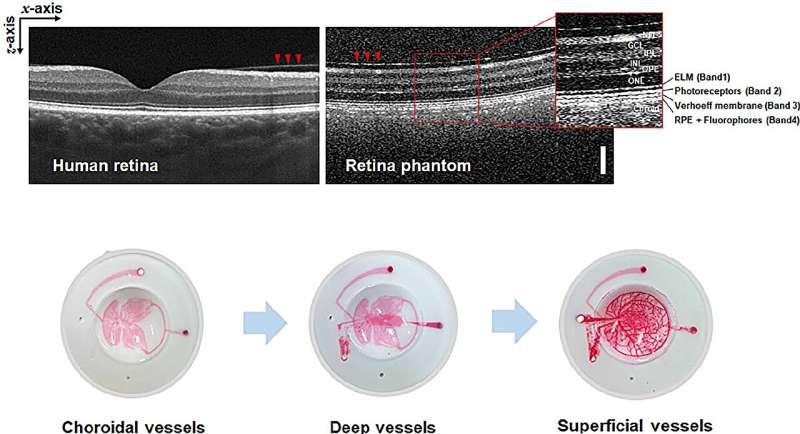The retina functions much like a camera film, detecting light and transmitting visual information to the brain. In recent years, the prevalence of retinal diseases has been increasing due to factors such as aging, extensive use of electronic devices, and genetic predisposition. Because retinal tissue is difficult to restore once damaged, early diagnosis and continuous monitoring are essential for preventing vision loss.
Currently, ophthalmology clinics use various imaging techniques—such as optical coherence tomography (OCT*) and fluorescein angiography (FA)—to diagnose different retinal diseases. However, the measurement results often vary across hospitals and device manufacturers, and there is no standardized reference available to evaluate or calibrate these instruments. As a result, the consistency and reliability of diagnostic outcomes have been difficult to ensure.

